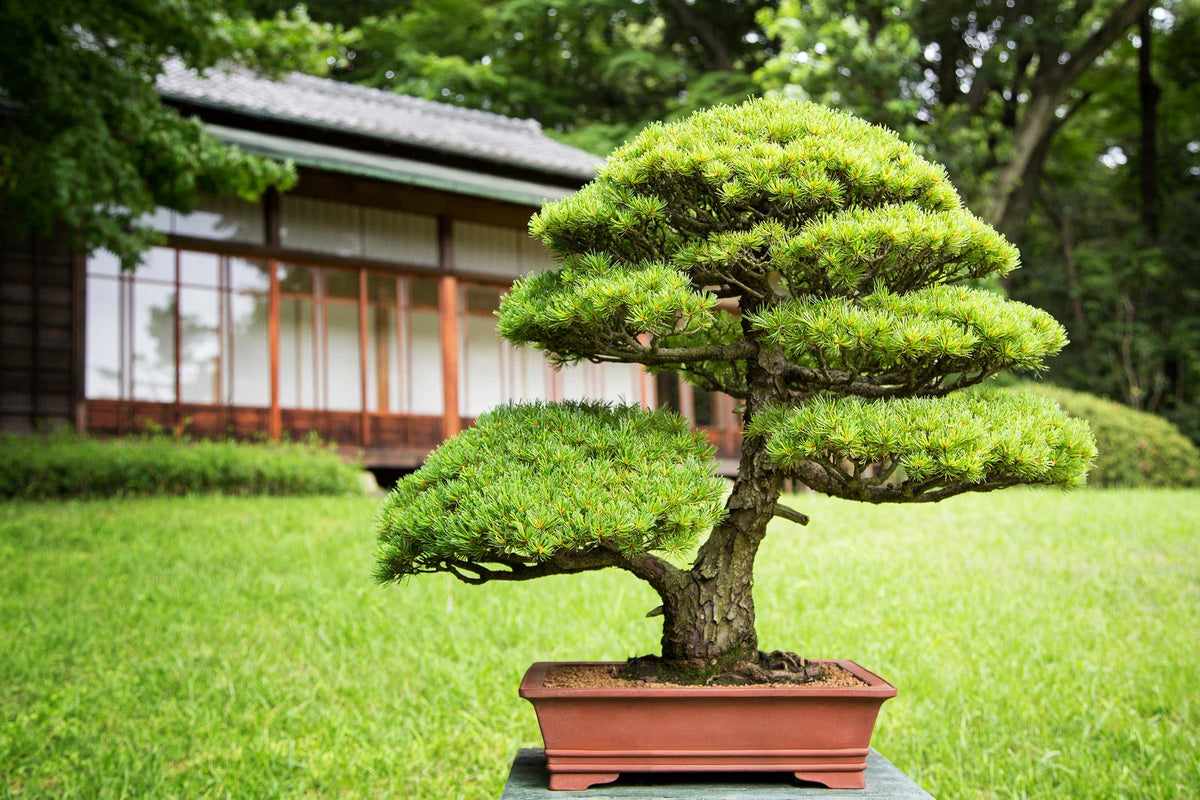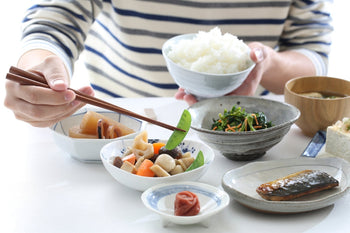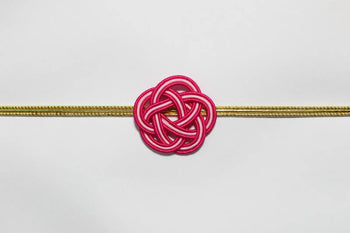

Introduction
Bonsai, the captivating art of cultivating miniature trees, is deeply rooted in Japanese culture, symbolizing balance and harmony with nature. It offers an engaging exploration of patience, discipline, and beauty, resonating with enthusiasts and beginners alike.
What is Bonsai?
Bonsai, which means “planted in a container,” is a practice that allows you to create living art through the meticulous care of small trees. Originating from the Chinese art of penjing, bonsai has evolved into a distinct form that focuses on the individual tree rather than entire landscapes.
The Rich History of Bonsai
The art of bonsai was introduced to Japan from China during the 12th century. Initially adopted by Zen Buddhist monks, it reflected meditation and contemplation. Bonsai art gradually evolved and gained prominence in Japanese society, becoming a symbol of prestige and cultural expression. Its global adoption accelerated post-World War II as the appreciation for Japanese culture expanded worldwide.
Types of Japanese Bonsai Trees
Explore the diversity of bonsai trees, each offering unique characteristics:
- Japanese Maple - Known for their vibrant foliage, these trees thrive in moderate climates.
- Pine - Evergreen and resilient, pines are a classic choice for bonsai enthusiasts.
- Cherry - Famous for their beautiful spring blossoms, cherry bonsai trees captivate with their seasonal charm.
- Ficus - Ideal for beginners, ficus bonsai thrive indoors with minimal maintenance.
- Juniper - With needle-like foliage, junipers are versatile and popular among bonsai artists.
Techniques and Styles in Bonsai
Essential Bonsai Techniques
- Pruning - Essential for maintaining shape and size, pruning encourages new growth.
- Wiring - Supports branch positioning, allowing creative shaping.
- Grafting - Used to introduce new elements such as branches or roots.
- Repotting - Ensures healthy growth by refreshing the soil and accommodating root expansion.
Popular Bonsai Styles
- Formal Upright (Chokkan) - Straight trunk with a balanced, symmetrical form.
- Informal Upright (Moyogi) - Trunk grows in a gentle, natural curve.
- Cascade (Kengai) - Mimics trees growing downward over a cliff.
- Forest (Yose-ue) - Group planting of multiple trees to create a miniature forest scene.
Discovering Bonsai Gardens and Villages
Japan is home to exquisite bonsai gardens and villages where enthusiasts can immerse themselves in this art:
- Omiya Bonsai Village - Located in Saitama, it’s a paradise for bonsai lovers, offering nurseries, exhibitions, and the Omiya Bonsai Art Museum.
- Shunkaen Bonsai Museum - In Tokyo, Master Kunio Kobayashi’s garden showcases an impressive collection of centuries-old bonsai.
- Kimura’s Bonsai Garden - Renowned globally, this garden near Omiya features award-winning trees.
Caring for Your Bonsai
To care for a bonsai tree, follow these basic guidelines:
- Place in indirect sunlight and high humidity.
- Water when the topsoil is dry.
- Conduct structural pruning during dormancy season.
- Use well-draining soil enriched with volcanic rocks.
Bonsai as a Cultural Icon
Bonsai embodies Japanese values such as simplicity, harmony, and mindfulness. Its integration into Japanese art and ceremonies highlights its cultural significance, resonating with themes of peace and patience. From the art's depiction in anime and films like "The Karate Kid" to its presence in global exhibitions, bonsai remains a powerful symbol of Japanese culture.
Learning and Preserving Bonsai
Aspiring bonsai artists can engage in workshops and learning experiences offered by various bonsai gardens and museums in Japan. These programs offer invaluable insights into traditional techniques and contemporary practices, ensuring the preservation of this revered art form.
Conclusion
Bonsai is more than an art; it’s a lifelong pursuit of harmony and beauty. As you explore this fascinating world, consider embarking on your own bonsai journey, connecting deeper with nature and Japanese culture. To complement your experience, explore our carefully curated selection of Japanese snacks, connecting the tranquil art of bonsai with the flavors of Japan. Visit our website to discover more.



